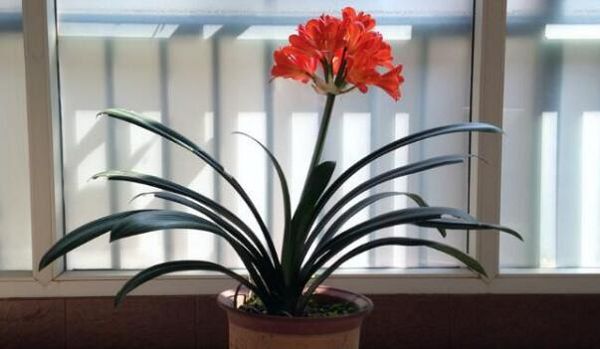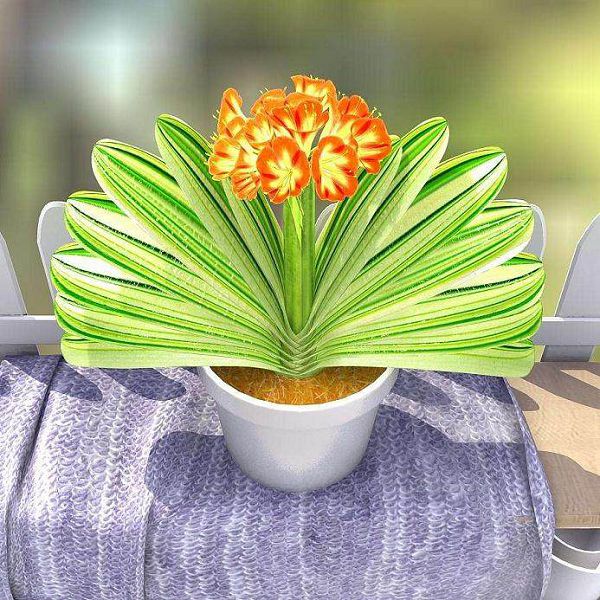How can we make a gentleman's orchid bear seeds and have more seeds?
In spring, clivia has opened up beautiful flowers. However, despite the efforts of some flower growers to manage, due to the wrong method, after the Clivia flowers wither, not a single seed grows. In order for their clivia to reproduce quickly, these flower growers are eager to know how to manage clivia seeds. Tell them to do this:
When Clivia is about to bloom, it should be placed at a temperature of 15 ° C to 25 ° C and in direct sunlight for about 4 hours a day. Stop topdressing, water not too much or too little, and keep the soil slightly moist. Some flower growers in order to see more than a few days to put clivia in low temperature, weak light place; or afraid of fertilizer not enough fierce topdressing, water shortage old watering, such management of clivia seed adverse, should be avoided.
After Clivia blooms, timely pollination is very important. The best time to pollinate Clivia is 2 days after its petals open, the pistil stigma exudes bright liquid, and the stamen anther exudes pollen. The specific pollination time is 9:00 to 11:00 every morning, when the pollination effect is best. At pollination, the anthers are dipped in cotton wool wrapped around the stick and flicked or smeared onto the stigma. Pollinate the next day according to the above method. When the fertilized Clivia flowers wither, it is necessary to create a favorable condition for plant growth. Especially in summer, not only to bear immature seeds of clivia plants for shading, cooling, heatstroke prevention, but also control watering, stop fertilization. Prevent plant growth weakness or root rot caused by improper management, which is easy to cause seed shedding.
Clivia seed maturity is in July to September after pollination, can be judged according to the color of the pericarp, when the color of Clivia fruit epidermis slowly from green to red indicates that the seeds inside have matured. At this point they can be removed in batches for sowing.
Related
- Is the orchid suitable for indoor use? Is it good for the body?
- How to prevent the empty root of orchids?
- What to do after the crab claw orchid is withered?
- Why are the leaves of orchids always yellow? Fertilizing and watering.
- Can the root of the gentleman orchid be saved if it is rotten?
- Diagnosis and treatment of cotton-blowing beetle insects in Cymbidium
- There is a way for a gentleman's orchid to rot.
- What is the most suitable temperature and humidity for the orchid?
- How to raise a gentleman's orchid? Cultivation techniques of Cymbidium
- How to prepare the nutritive soil for the cultivation of Cymbidium



